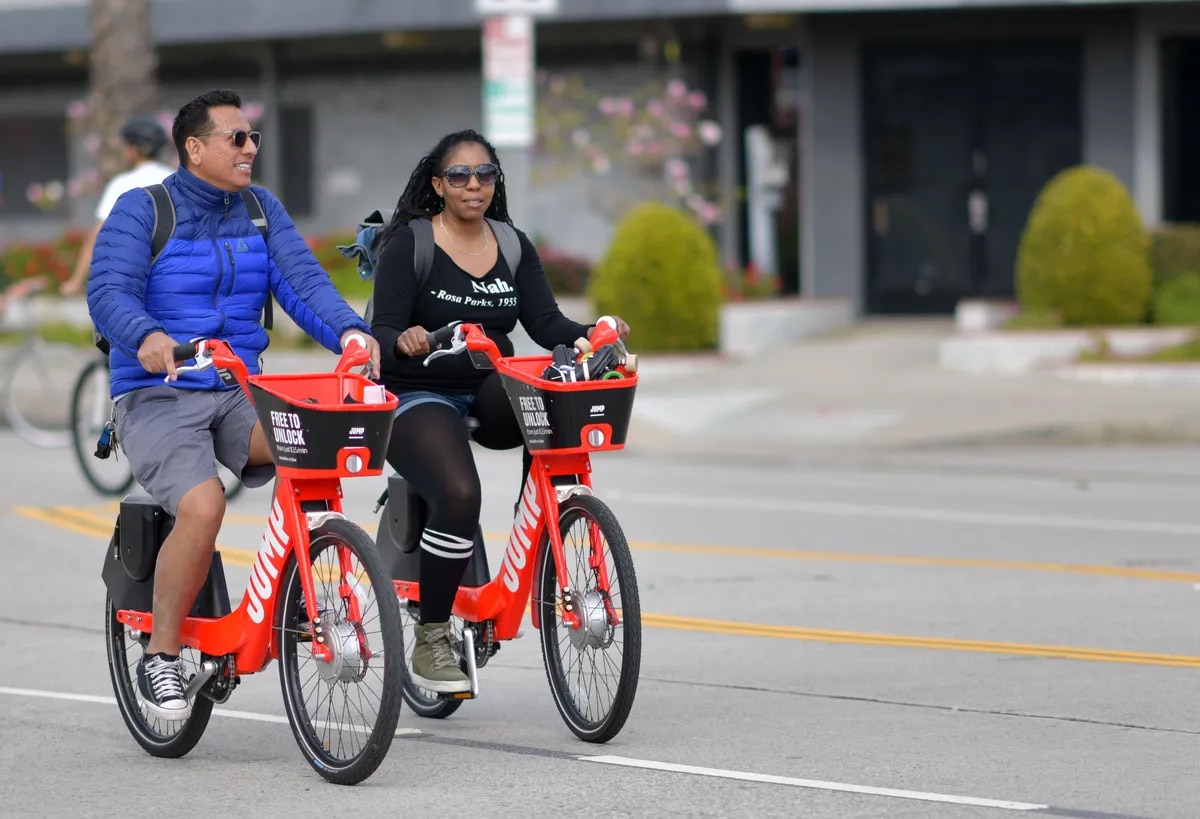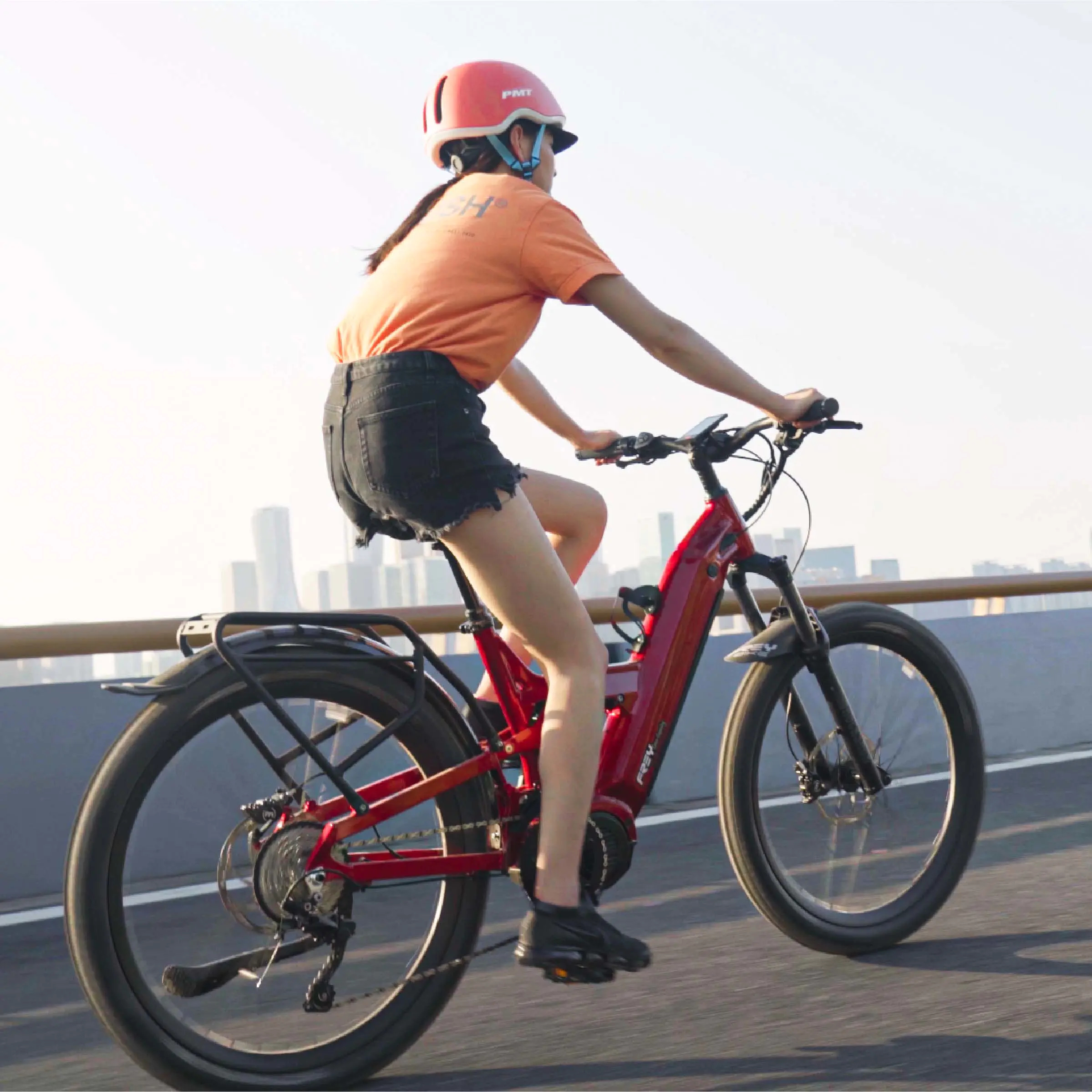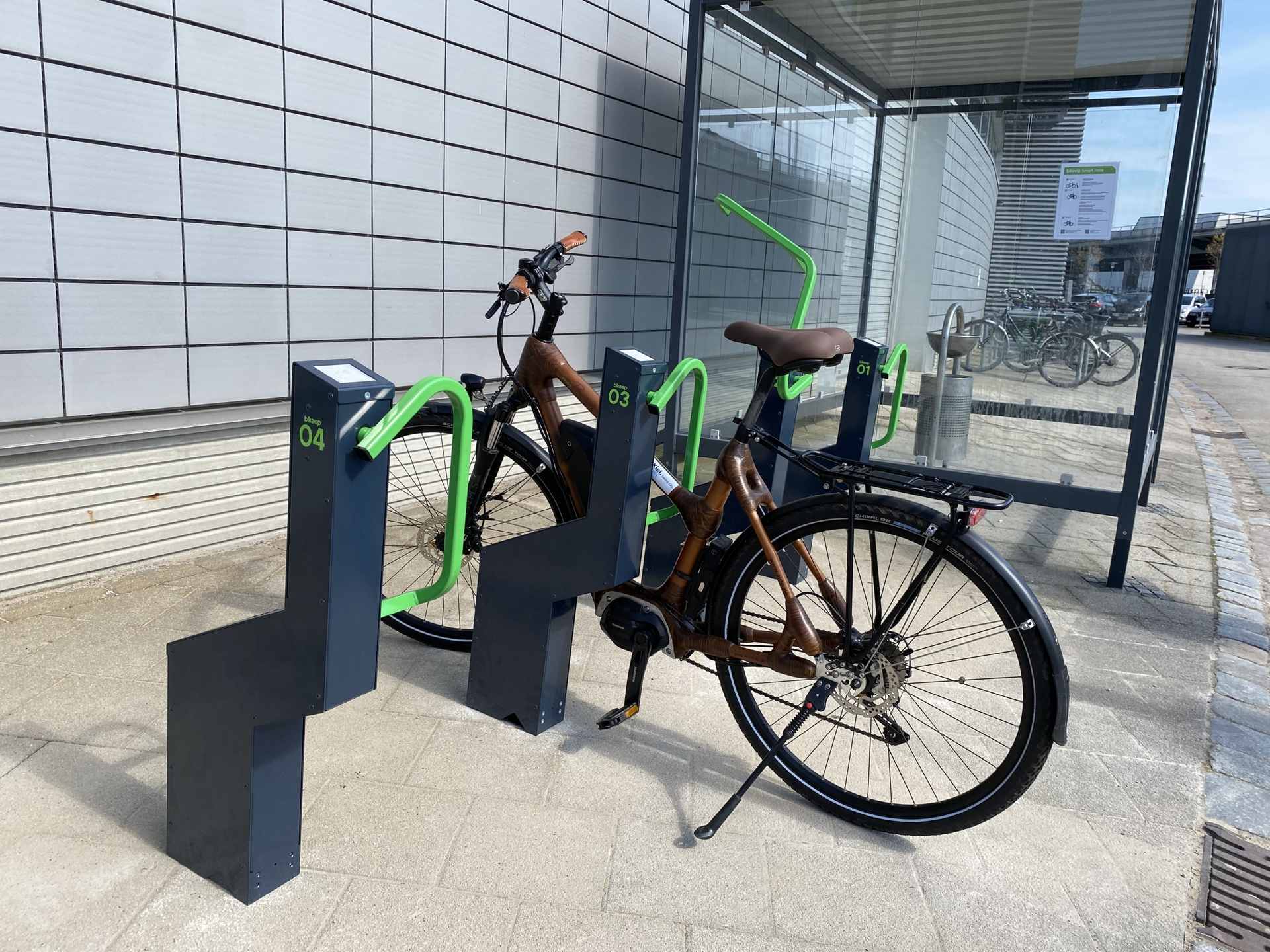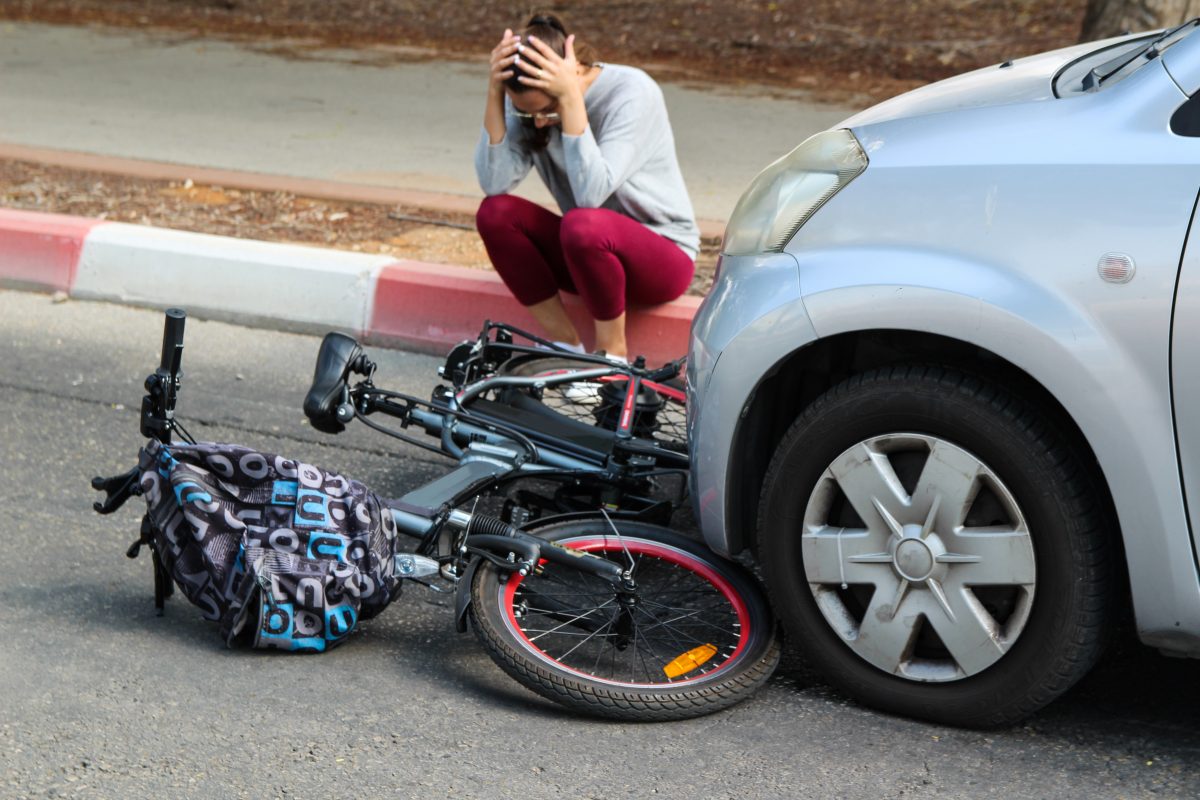The very first electric bicycle patent dates way back to 1895. Powered bicycles have since steadily increased in popularity, but the last decade has brought the most substantial growth. China, for instance, was home to 51,600 eBike manufacturers as of 2020, with over 300 million of the little two-wheelers ferrying people around the country.
Even much closer to home, electric bikes are becoming a firm favorite as we transition to a cleaner future for transportation. While sales data on eBikes isn’t as accurate as you’d find with electric cars or motorcycles, an independent study by the Light Electric Vehicle Association found that the U.S. is rapidly approaching a 1 million annual sales figure — notably higher than what electric cars do in our country.

There’s an undeniable, apparent trend indicating that eBikes will be a crucial component in the future of personal transportation. At the moment, eBikes can demand a decent chunk of change, depending on what kind you get. Nevertheless, if you do make the switch to an electric bike — either for commuting or more recreational activities like mountain biking — it makes sense to consider getting it insured. In this article, we take a look at just that and whether lawmakers should make insurance mandatory.
What Are the Different Classes of eBikes?
Before we look at eBike insurance regulations, it’s important to know that there are three different classes of electric bikes in the United States. This three-class system has been passed as a standardized regulation for eBikes in over 30 states and differentiates the two-wheelers based on wattage, mode of assistance, and speed.
- Class 1 eBikes are those equipped with a motor that assists the rider only when pedaling and stops providing assistance once the bicycle reaches 20 mph.
- Class 2 eBikes are equipped with a motor that can propel the bicycle forward without pedaling using a throttle, as you’d typically find on a moped or motorcycle. Like Class 1 electric bicycles, the motor ceases to provide power beyond 20 mph.
- Class 3 eBikes are similar to Class 1 eBikes in that they only assist pedaling. However, they have a higher limit of 28 mph and must be equipped with a speedometer.
It’s also worth noting that all three classes limit the motor’s power to 750 watts (1 hp).
As we mentioned earlier, eBikes have seen unprecedented development in the recent past. Examples like the Frey Savannah Ultra or multiple ebike models from Biktrix produce a claimed 160 Nm of torque — that’s more than most liter-class gasoline-powered motorcycles, like the Kawasaki Ninja ZX-10R and Honda CBR1000RR-R Fireblade, are capable of! And unlike gas-powered engines, electric motors can achieve peak torque from 0 rpm. While this translates to exciting, instantaneous acceleration, it can also be overwhelming for many riders who haven’t experienced similar performance levels.

Herein lies one of the more significant snags in the transition to electric bicycles. For someone upgrading from a regular pedal-powered bike to an eBike, the immediate availability of torque — especially in Class 2 bicycles with throttles — and pedal assistance will take some getting used to.
These eBikes that produce so much torque also have motors that exceed the 750W limit with top speeds, sometimes over 50 mph! The average person can propel themselves to only about 20 mph on a standard bicycle, and you’re susceptible to severe, life-altering injuries even at those speeds.
At the moment, getting these eBikes insured will be cumbersome and, perhaps, near impossible. If you’re in the market for one, we recommend getting an eBike that fits into the three-class system for your safety and those around you.
Do You Need Insurance for Your eBike?
In most U.S. states, any electric bike that falls within the definitions of the three-class system does not legally require registration or insurance. That said, there are some exceptions. For instance, the National Conference of State Legislatures mentions that New Jersey follows a two-tiered classification system where Class 1 and Class 2 eBikes are exempt from registration or insurance requirements; but Class 3 bicycles have to be registered with the Motor Vehicle Commission, and riders must have a valid license and insurance.

You could argue that your home and renters insurance covers your personal belongings. Technically, this should also cover your eBike, but it may not be the case with certain insurance providers. Additionally, this personal property coverage is capped at a certain amount, and the cost of your eBike can decide if this is the right kind of insurance to get.
If you own an eBike that costs upwards of $5,000, we recommend investing in extra coverage or dedicated eBike insurance. The average home and renters insurance policy will probably not be able to cover the cost of your bike in addition to any other objects in the case of theft.
The Pros and Cons of Getting eBike Insurance
You can reach some serious speeds even with an eBike that falls into the three-class system. A recent study by the CDC (Centers for Disease Control and Prevention) found that nearly 1,000 bicyclists die, and over 130,000 are injured in the U.S. every year. For the relatively small percentage of people that ride bikes, that’s a rather concerning figure.

Another factor worth considering is that eBikes are currently restricted to the same bike lanes as regular bicycles in most states despite the added speed they usually bring. And in several cases, there are instances where pedestrians and cyclists share the same pathways. Over the last few years, the number of incidents between walkers and cyclists has increased exponentially, with several of these resulting in death. Now, when you have an eBike that can help you accelerate quicker, the risk of an accident only increases. And that is why you must consider insurance.
Why You Should Consider Getting eBike Insurance
- A comprehensive eBike insurance will cover medical expenses you may incur yourself or inflict upon someone else in the event of an accident.
- A reliable insurance provider supporting you will help reduce the significant medical and legal costs usually involved with an accident.
- Similarly, if you’re a pedestrian involved in an accident with someone riding an insured eBike, you will have a much easier time settling any disputes or claims.
The Downsides to eBike Insurance
The only real downside to paying for extra coverage or a dedicated eBike insurance is the cost.
An eBike is usually a one-time purchase, and insurance adds a layer of monthly investments that you’ll be required to make.
And if you live in a part of the country where you can’t use your electric bicycle all year round, you’ll still have to continue paying for the insurance. This may seem unnecessary to some, but the safety net that insurance provides is worth it.

Should eBike Insurance Be Made Mandatory?
As regulations change over time, it is possible that eBikes may require insurance. An additional benefit is that some policies protect you against ebike theft. Multiple states, like New Jersey, have already made insurance mandatory for a particular class of eBikes, and it may not be long until the rest of the country follows suit.
Nevertheless, it’s a good idea to get ahead of the trend and get one yourself if electric bikes are already a significant part of your life.


